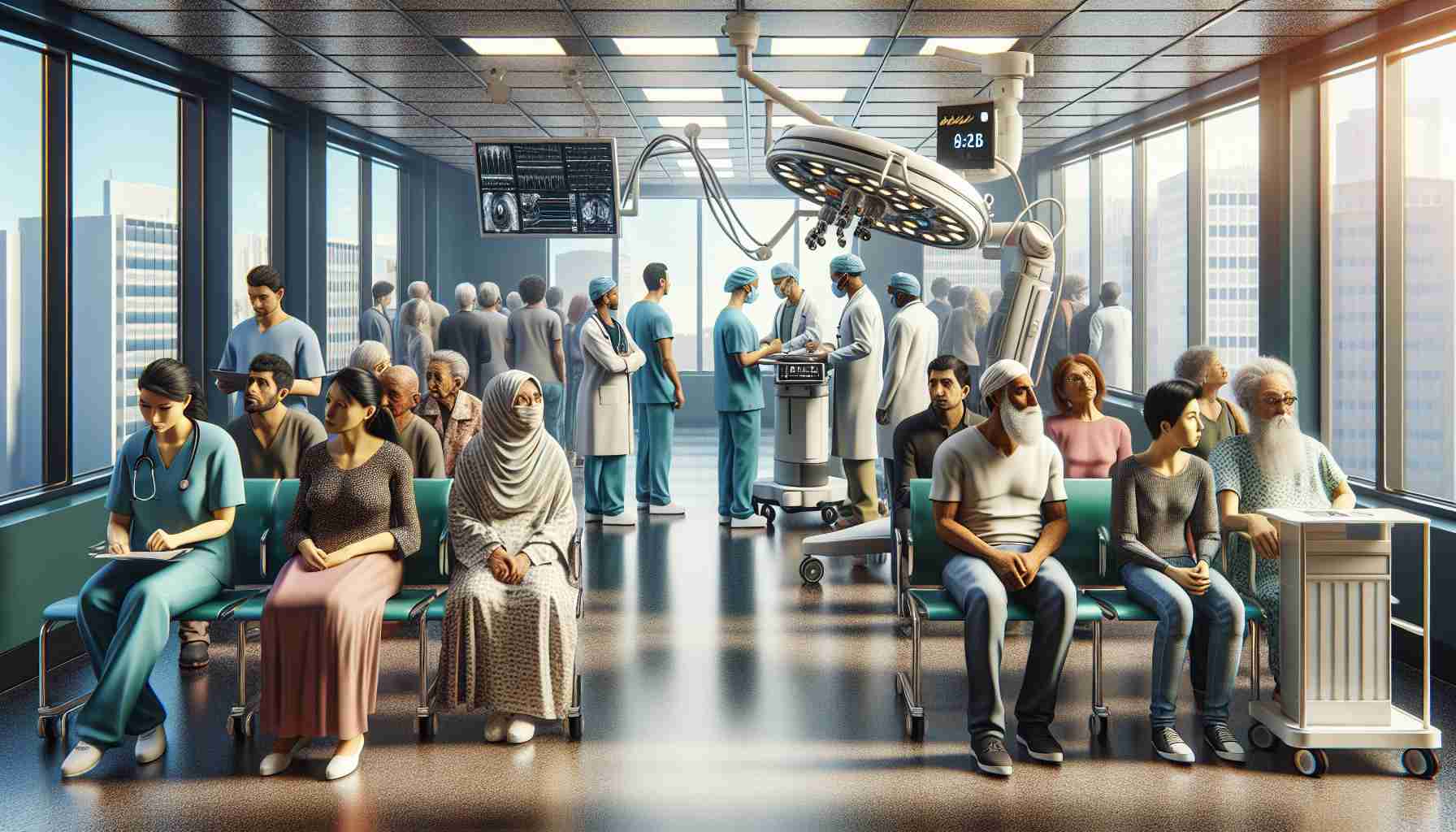The aging healthcare infrastructure in a certain region faces challenges that may jeopardize patient safety and well-being, highlighting the urgent need for redevelopment.
For years, stakeholders have discussed plans to replace the outdated medical facility, recognizing the pressing need for a modernized healthcare center. Without concrete steps towards this goal, concerns about the safety and functionality of the current structure persist.
Former healthcare professionals reminisce about the ongoing discussions surrounding the construction of a new hospital, expressing skepticism about the possibility of witnessing its realization within their lifetime. The lack of progress in upgrading essential amenities, such as air conditioning, reflects the broader issues stemming from delayed redevelopment efforts.
Recent proposals to allocate substantial funds for the construction of a new medical center signify a potential turning point in addressing the infrastructure gaps. Identified as a priority project, the new facility aims to enhance the quality of healthcare services and create a safer environment for both patients and medical staff.
The proposed site for the upcoming medical center signals a step towards progress, emphasizing the importance of timely decision-making and resource allocation in healthcare infrastructure development. As stakeholders navigate the complexities of securing land and initiating construction, the community anticipates the positive impact of a modernized healthcare facility on overall public health and well-being.
Advancing Healthcare Infrastructure: Addressing Key Questions, Challenges, and Advantages
The need for modernization in healthcare infrastructure is a crucial topic that goes beyond the surface level concerns of outdated facilities. While the urgency to revamp medical centers is evident, several important questions arise in the process of restructuring the healthcare landscape.
What are the most pressing questions regarding the need for modernization in healthcare infrastructure?
1. How can we ensure that the new healthcare facility meets the evolving needs of patients and medical professionals?
Answer: By involving stakeholders in the planning process and conducting thorough research into healthcare trends and technological advancements.
2. What strategies can be implemented to streamline the construction and development of modern healthcare centers?
Answer: Utilizing advanced project management techniques, engaging experienced architects and builders, and adhering to strict timelines and budgets.
3. How can communities actively participate in the modernization of healthcare infrastructure to promote a healthier living environment?
Answer: By advocating for transparent communication between authorities and residents, educating the public on the benefits of updated healthcare facilities, and fostering community engagement in decision-making processes.
Key Challenges and Controversies Associated with Healthcare Infrastructure Modernization
Challenges:
– Funding Constraints: Securing adequate financial resources for large-scale construction projects can be a major obstacle.
– Regulatory Hurdles: Navigating complex regulations and obtaining necessary permits may delay the progress of infrastructure modernization.
– Technological Integration: Incorporating advanced medical technologies into new facilities requires careful planning and infrastructure design.
Controversies:
– Community Displacement: Building new healthcare centers may involve displacing residents or altering the character of neighborhoods, sparking debates on gentrification.
– Environmental Impact: Construction activities can have environmental repercussions, prompting discussions on sustainability and green building practices.
– Equitable Access: Ensuring that modernized healthcare infrastructure is accessible to all socio-economic groups raises concerns about healthcare disparities.
Advantages and Disadvantages of Modernizing Healthcare Infrastructure
Advantages:
– Improved Patient Care: Modern facilities equipped with advanced medical technologies can enhance diagnostic capabilities and treatment outcomes.
– Enhanced Safety: Upgraded infrastructure reduces the risk of accidents and ensures a secure environment for patients and healthcare providers.
– Increased Efficiency: Streamlined processes, optimized workflows, and integrated systems can boost operational efficiency in healthcare settings.
Disadvantages:
– High Costs: Modernization projects often require significant investments, which may strain budget allocations and limit funding for other healthcare initiatives.
– Disruption of Services: Construction activities and facility renovations can temporarily disrupt healthcare services, impacting patient access and continuity of care.
– Resistance to Change: Some stakeholders may be resistant to adopting new technologies or changing established healthcare practices, creating barriers to modernization efforts.
For further insights on healthcare infrastructure modernization, visit World Health Organization. This site provides valuable resources and global perspectives on enhancing healthcare systems to meet current and future demands.
